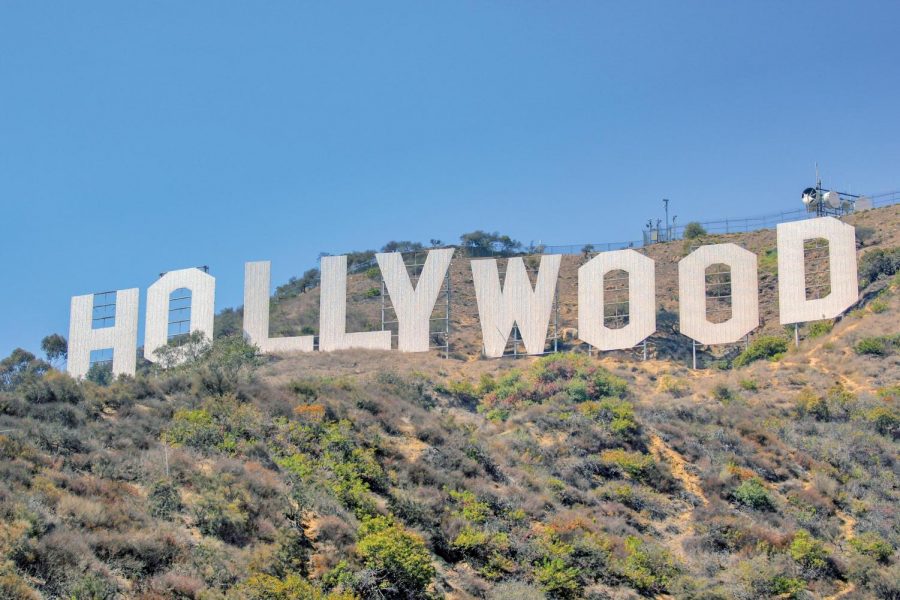Students, faculty debate consumption of art from “monstrous men”
The #MeToo movement helped bring issues to light concerning powerful and successful men and their actions. In Hollywood, famous men like Harvey Weinstein were accused of sexual assault in their industry.
This past Wednesday, the Center for Ethics and Leadership (CEL) hosted a discussion over how society should handle art made by celebrities accused of misdeeds such as sexual assault, racism, hatred toward religions and abuse.
CEL reached out to both professors in the Arts and Humanities Department and students to share solutions and outlooks on this topic. Attendees discussed whether the university should continue teaching these pieces of art to students.
Discussion sprung from three main sources: a recent article in The New York Times, a five-minute podcast from NPR and an article from The Paris Review, all dating back two years ago.
The discussion prompted answers to the event’s central question: When do we stop supporting artists?
Think Harvey Weinstein and Woody Allen. Their movies are loved by many, but when the news got out about their scandals, many people stopped buying their films and would no longer support their productions. But when the work is admired and the artist isn’t, how do you go on?
Professor Mary Helen Specht suggested that when looking at art in the fields, one has to decide which lens to look through.
“There can be a very racist movie, written and produced by a racist,” Specht said. “But the special effects could be spectacular — therefore it is seen through a craft lens.”
Specht’s comment brought up a new question: Can one separate the art from the artist?
Guests agreed it is nearly impossible to study these men’s art without acknowledging the life of the artist. They went on to explain how, if allegations towards these artists were proven true, the work would be admired but the support would cease.
One student said he believed that, “maybe monstrous men are making the best art because of the troubled genius.” He said that “[these men] starved themselves because they were so hated.” To which one student said, “There is still great art created by artists who were not monstrous.” This brought the question: What is so wrong with studying the art of artists’ work, inspired by those men who did not commit these actions?
This lead to examples like horror novelist H.P. Lovecraft. While Lovecraft was regarded as a racist, his work was appreciated so much so that a genre, Lovecraftian, was named after him. Many authors, like Stephen King, drew writing inspiration from Lovecraft. So do we study Lovecraft vs. King, or study King and recognize the influence of Lovecraft?
The discussion then manifested itself into a popular subject in recent years known as cancel culture, when someone commits an action objected by others and it is disgraced on social media so society no longer has to recognize them. This brought the matter of redemption to light, for which there was not enough time to discuss.

Nina Martinez is a senior at St. Edward’s University, earning her Bachelor’s in Writing and Rhetoric. Martinez has reported and edited for Hilltop...







